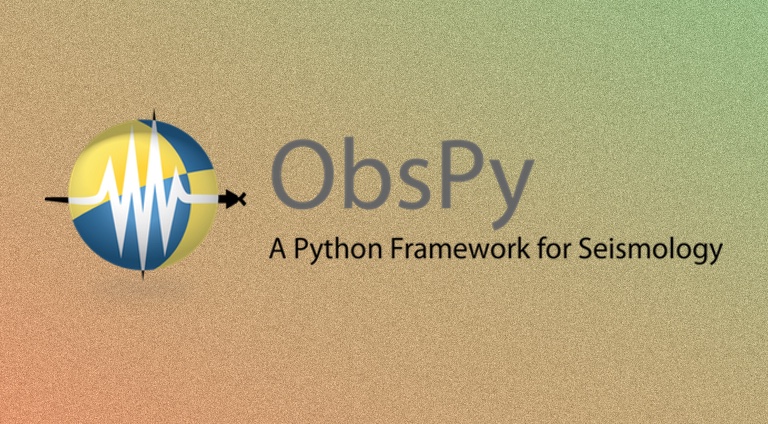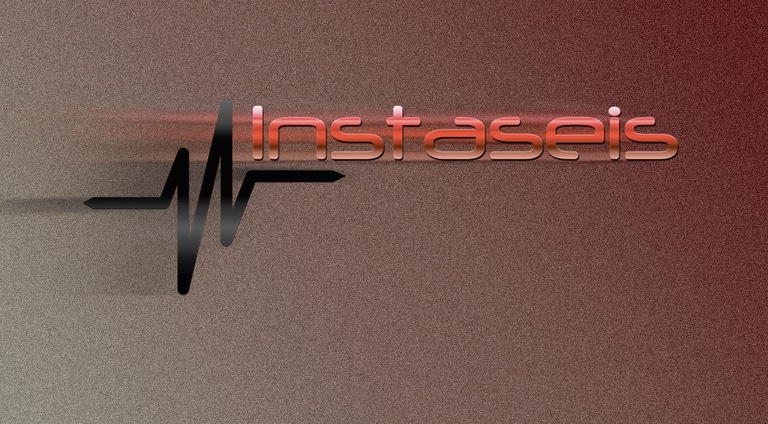Mission Statement
Seismo-Live aims to collect all kinds of
digital learning resources for seismology and
offer them via this portal here. We currently
have Jupyter notebooks but we plan to extend
this with more detailed texts and videos.
Many institutes and labs have their own
learning resources. Seismo-Live enables them to
be shared with the whole community to the
benefit of all.
Installing it on your own Machine
As the notebooks on Seismo-Live are not persistent
it might be of interest to install them on your own
machine. See
here
for up-to-date installation instructions.
Contributing
You can contribute via the project's
Github page.
All notebooks currently are based on Python but
that is not a requirement of the platform - we can
accommodate tutorials and resources written in any
open-source programming language (no Matlab and SAC
- sorry - but for example Octave would work) as
long as the computational and data requirements are
fairly small.






